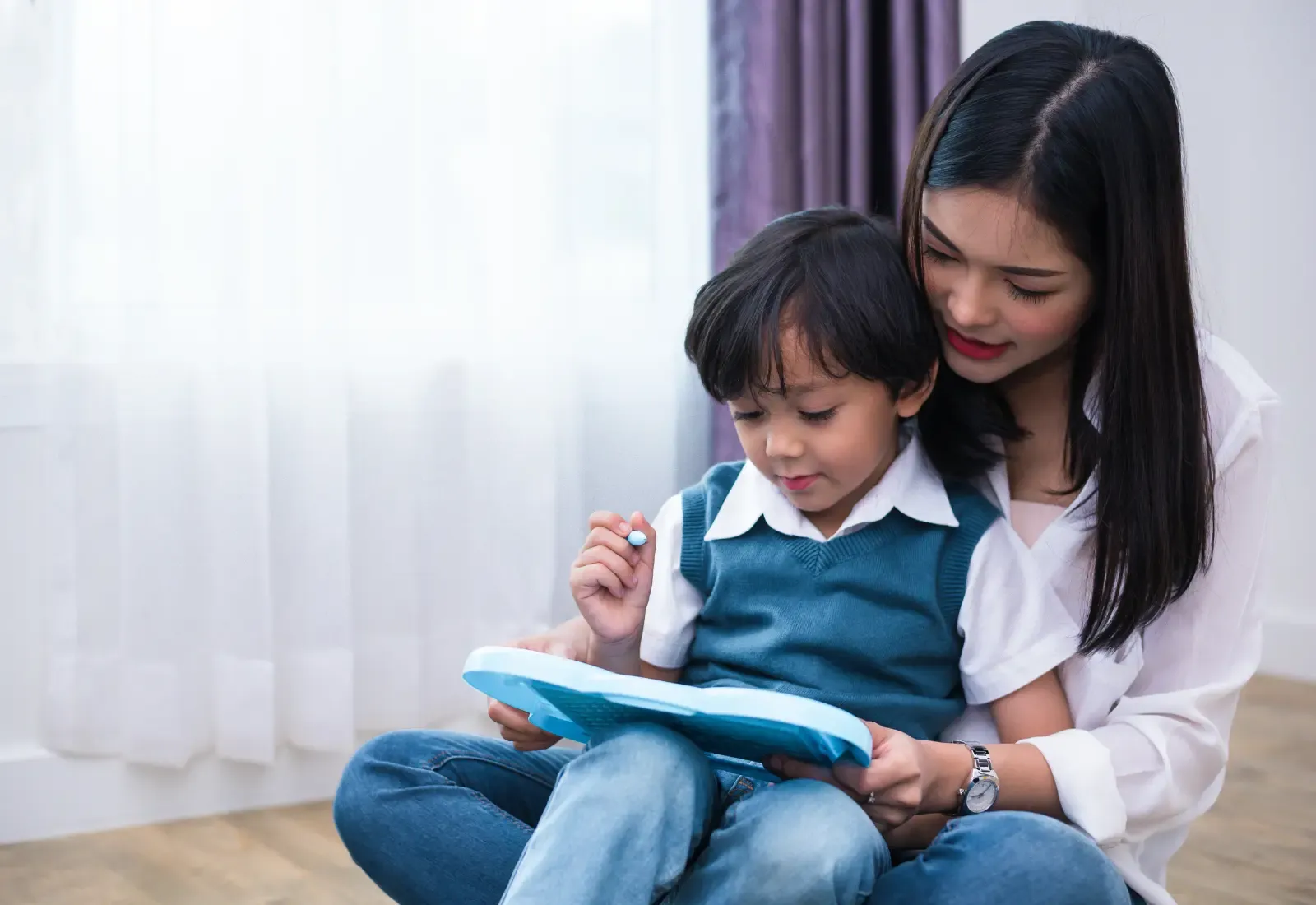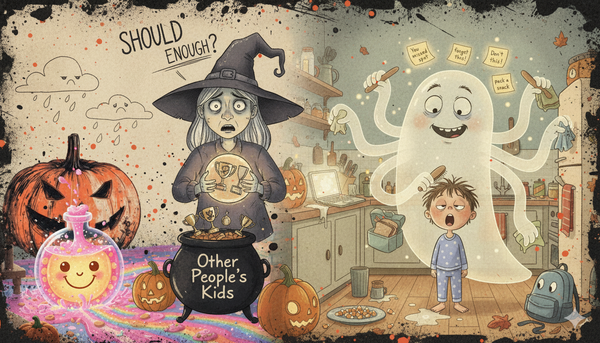You’ve probably heard me say this before.
I was an A student.
Top test scores, top homework grades, getting accolades — I did it all. I was a model student.
Most of my education was spent performing for others to get grades. I was often not focused on the type of learning that would benefit me:
- Deep learning
- Real-world skills
- Learning how to learn
Why?
I was focused on being a good student, not an active learner. My education trained me to fit someone else’s mold. I didn’t learn how to engage in deep learning until after college.
I graduated from college realizing I had spent my time training to be a good student. And that is only useful as long as one is… well, a student. An expensive education and the thing I was best at was… being a student.
Yikes. Not where I wanted to be.
I took a look around, did some deep self-reflection, and realized I needed real-life skills AND I needed to teach myself to learn at a deep level.
Being a good learner means you can acquire knowledge at any point in life.
I did go on to graduate school… but I spent most of my energy teaching myself effective learning strategies.
Why? So that I could apply what I learned to anything I wanted to do in life.
As a result, when I homeschooled my kids, I focused on teaching them how to learn because…
Learning is about much more than academic success.
Learning is a life skill.
It is the skill we need to teach our kids so that they too can apply their knowledge to anything they might want to do in life.
How can we help our kids learn how to learn effectively?
Use a combination of these strategies:
1. Build a strong relationship based on trust and compassion
Ensure your kid feels supported and encouraged to grow, explore, and dream. Learning doesn’t happen in a vacuum. It is built on strong relationships.
2. Teach your kid using mini lessons
Break down complex concepts into manageable chunks. Give your kid time to digest them and discuss them with you.
Chunking information helps kids focus on one thing at a time, but it also helps kids connect new information with what they already know. So instead of a big, complex topic, the small chunks act like building blocks that kids can add to the foundation they mentally build.
3. Mentor through constructive feedback and self-reflection
Encourage your child to see mistakes as integral to learning. Help them build a ‘Model for Learning’ that includes testing and iteration rather than perfection.
Think of the combination of teaching and mentoring as capital ‘C’ Coaching.
I like the soccer coach analogy because it’s an immediately accessible image. A (good) coach will teach their kids how to do x, say a certain footwork pattern with the ball. The coach will demonstrate the technique for players, explain why it’s useful, when to use it, and give all the factual information to the players.
Then they will have the players test out the new skill.
Next, they will observe while the players drill the skill.
They will mentor the players by giving constructive feedback on how to improve.
The perfect combination: teaching in mini lessons and mentoring to help players — your kid — improve their understanding and ability to use the new skill.
The coach will take it a step further and get players to start self-correcting, analyzing their own abilities and performance, and see where they can improve.
The goal? Continual improvement.
4. Use relatable, real-world, experiential learning
Help kids make as many connections across subjects and to already known and real-world things as possible to build their own webs of knowledge.
Experiential learning makes abstract concepts like math tangible.
It is the great connector. It makes learning stick.
For example, fractions might feel like an abstract concept, but when your kid wants to bake cookies, and maybe even double the recipe, fractions become tangible amounts and start to make sense.
5. Use project-based learning
Use project-based learning in connection with mini lessons.
Why? Because it connects the lesson to real-world, experiential learning and gives it structure. Projects include a driving question, a unique answer in the form of a project or presentation, and authentic efforts in communication, collaboration, problem-solving, and critical thinking along the way.
What does this do?
It helps build your kid’s web of knowledge, their ability to learn more effectively, and their resilience — a key trait of lifelong learners.
Everything builds on itself in a cyclic process. Actually, the process is more like a spiral because with each repeated round, your kid is improving their learning skills and increasing their knowledge base.
How can you use these strategies with your kid?
Figure out your curriculum and the school subjects, etc.
Then:
- Set aside time to read to them or, if your kid is older, have regular discussions about what they are reading. Read the same books so you can take an active part in the conversation. Reading is an excellent way to build a strong relationship with your kid.
- Choose at least one subject and plan to teach it yourself. It might be math, but it could also be art. The point is, when you teach your child, break down the information into mini lessons and work with them, you learn about your child. You understand how they think, where they’re getting stuck, or where they are most expressive. It gives you deeper insights to help them learn.
- Mentor your child. This could be in the same subject you are also teaching them. It could also be in sports or by tutoring them in a subject they are studying with a different teacher. Mentor them and learn the art of constructive feedback. This is a powerful tool to help them become strong learners. Help them learn the art of self-reflection. Equally as powerful.
- Find opportunities to do real-world learning with your kid. This could take the form of going for a hike on the weekends, taking care of a pet, or baking cookies together. It could also expand into projects and project-based learning.
- Use your mentoring skills to draw analogies to real-world things when your kid is stuck on a concept. For example, you might help them understand the concept of centripetal force by relating it to a merry-go-round — a real-world, relatable connection.
And in general:
- Talk with your kid (in person, minus distractions like your phone)
- Discuss ideas with them and listen to their point of view
- Work on projects together that require collaboration and brainstorming to solve problems
- Ask your kids open-ended questions to help them think through and figure out
- Model the open-minded, learning mindset you hope to instill in them
A curriculum is important, but you can make your kid’s efforts to learn so much more effective by using these strategies.
Takeaways
Sure, good grades are nice. It’s always great to see your kid getting As.
But don’t confuse grades with deep understanding or being a good student with being an effective learner.
We need to raise learners, not students. We need to give our kids the life skills to succeed — at life, not just school.
And we can, by investing our time and energy in teaching our kids how to learn.
This article was originally published at Medium. Republished with permission from the author.












Member discussion